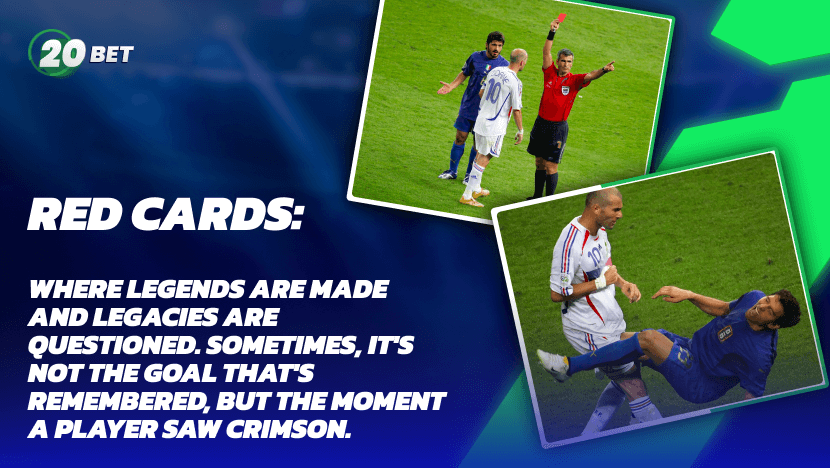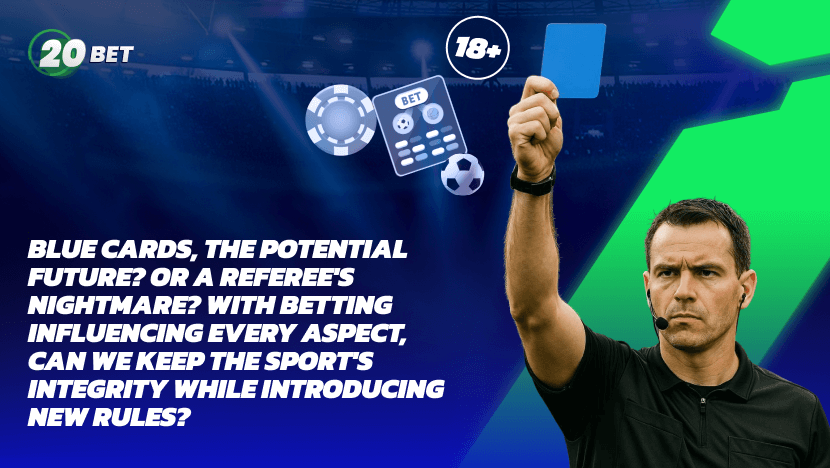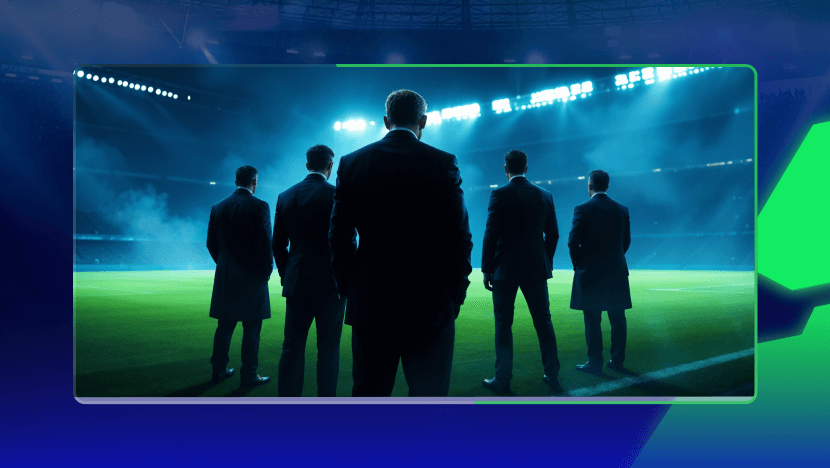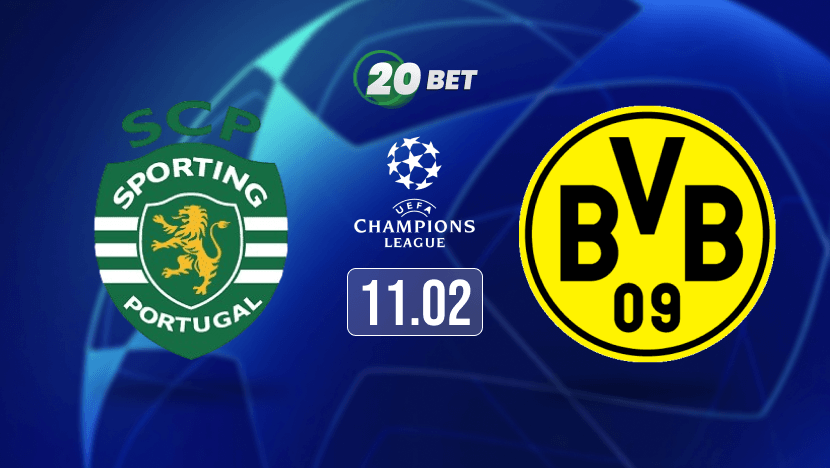If soccer is a game of margins, then cards are its most volatile currency. Warnings, ejections, tactical fouls. They’re all shaped by coloured cards that can swing momentum, dictate tempo, and alter outcomes.
But in the modern game, as new card proposals surface, one must ask: Are we refining discipline or diluting it?
The Role of Cards in Soccer
Discipline management is the pillar of structured soccer. Without it, pressing traps collapse, defensive shapes disintegrate, and match control slips into chaos.
Two primary cards in soccer serve this purpose:
- Yellow cards signal caution — a warning with clear tactical consequences.
- Red cards in soccer enforce removal, typically triggering immediate structural reorganization.
But what do red cards in soccer mean? A second yellow results in a red, while particularly dangerous or unsportsmanlike actions often warrant a direct dismissal. The tactical and psychological impact of either card is substantial.
Teams often shift shape post-red — e.g., from 4-3-3 to 4-4-1 — to maintain width or protect the middle. Bettors watching in-play odds will note sharp movement immediately after dismissals, especially in tight matches.
The fastest red card on record in soccer? Zero seconds. Keith Gillespie managed that without touching the ball—illustrating how even momentary lapses are costly under current laws.
![]()
The History of Yellow and Red Cards
Before the 1970 FIFA World Cup in Mexico, referee decisions lacked visual reinforcement. Verbal cautions often failed due to language barriers and inconsistent signaling.
Ken Aston, a British referee, introduced the concept of color-coded discipline, inspired by traffic lights. Yellow and red became visual shorthand—crucial in the expanding global game.
The card system added clarity and structure, helping referees impose authority in increasingly high-stakes environments. More than just symbols, cards became tactical levers — reshaping game plans, forcing substitutions, and influencing betting momentum.

The Most Controversial Red Cards Ever Given
They draw scrutiny not just for their drama, but for how they alter match dynamics. Here are five of the most debated:
Robin Van Persie, 2011 UCl vs Barcelona
Second yellow for shooting one second after the whistle. Arsenal went down to 10 against one of the most positionally dominant sides in history. Result? Loss of forward outlet, midfield overrun, and eventual elimination.
Jude Bellingham, 2025 La Liga vs Osasuna
Sent off for verbal dissent — allegedly “f*** you,” though he claims it was “f*** off.” Semantics aside, the dismissal shifted match control and again raised questions about referee discretion. For bettors, unpredictable interpretations can heavily impact booking markets.
Zinedine Zidane, 2006 World Cup vs Italy
The infamous headbutt in his final international match. Zidane’s red card removed France’s tempo-setter and key penalty taker in the final minutes. Tactical loss was compounded by psychological disarray—Italy capitalized in the shootout.
Fede Valverde, Supercopa vs Atletico Madrid
Perhaps the smartest red card in modern soccer. Brought down Alvaro Morata to deny a one-on-one. Real Madrid regrouped, held out, and won. A calculated foul that altered the outcome—and one that tactically made sense despite the dismissal.
Gabriel Martinelli, EPL vs Wolverhampton
Two yellow-worthy fouls in the space of five seconds—punished in a single sequence. Arsenal had to adapt rapidly, and Michael Oliver’s interpretation triggered debate over sequencing and procedural fairness. From a betting perspective, it highlighted the risk in first-card markets during chaotic phases of play.

Blue Cards in Soccer: A New Era or a Mistake?
The blue card — a 10-minute temporary suspension for dissent or cynical fouls — adds a third tier to disciplinary action.
From a tactical lens:
- It dilutes the authority of yellow cards
- Allows teams to potentially absorb temporary deficits without full consequence
- Introduces inconsistency in enforcement
The logic is questionable. Tactical deterrents work best when outcomes are binary. Adding grey areas risks manipulation, especially in high-stakes matches. Live betting markets would need to factor in 10-minute power plays—a variable soccer isn’t currently built to handle.
Black Card in Soccer: Does Soccer Need It?
The black card, though not officially proposed by FIFA or IFAB, has entered media discussion as another 10-minute suspension tool, duplicating the intent of the blue card.
The issue isn’t practicality—it’s redundancy. With yellow, red, and now blue cards in circulation, introducing a fourth layer adds noise, not clarity. Tactical planning and betting analysis depend on predictable systems. More cards mean more subjectivity—a problem in both coaching rooms and betting platforms.
Betting on Cards: How It Affects the Game
For informed bettors, card markets offer untapped opportunity:
- Derby matches exceed card totals more often than neutral fixtures.
- Player-specific bookings are easier to predict when tactical systems are known.
- Referee tendencies often influence card distributions more than team behavior.
Statistically, Spanish and South American leagues trend toward higher card averages. English soccer shows variability tied closely to officiating style and player dissent tolerance.
Markets to watch:
- Over/Under total cards
- First player booked
- Team with more bookings
- Red card in match (Y/N)
Understanding tactical systems — especially aggressive presses or transitional fouling patterns—gives bettors a measurable edge.
Responsible Gambling
As always, strategy must be paired with discipline. Bankroll management, clear staking limits, and unemotional analysis are fundamental. Cards can be profitable markets, but only for those willing to research referees, player profiles, and game flow dynamics.
FAQ
What do yellow and red cards mean in soccer?






